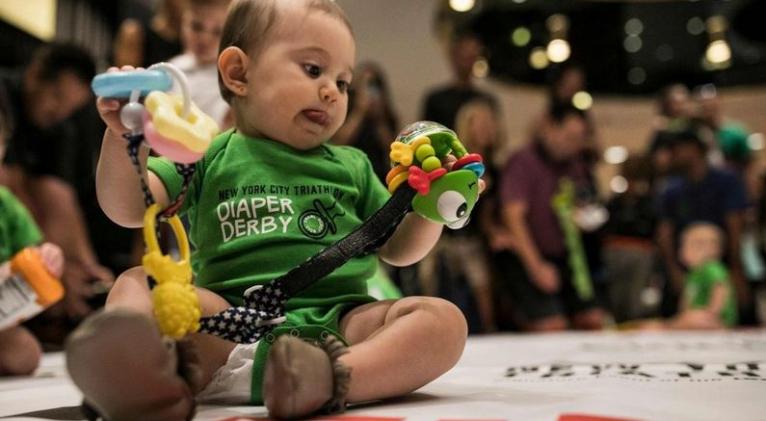
USA, March 23th. - The early years of human life are a period of rapid learning, but we typically can't recall specific experiences from that time, a phenomenon known as infantile amnesia.
A new study published Thursday in the journal Science challenges assumptions about childhood memory, showing that young minds form memories.
The question, however, remains: why do these memories become difficult to retrieve later in life?
"I've always been fascinated by this mysterious void in our personal history," Nick Turk-Browne, a Yale psychology professor and lead author of the study, told AFP.
Around one year of age, children become extraordinary learners: they acquire language, walk, recognize objects, understand social relationships, and much more.
"However, we don't remember any of those experiences, so there's a kind of mismatch between this incredible plasticity and our ability to learn," he said.
Sigmund Freud, the founder of psychoanalysis, hypothesized that early memories are repressed, although science has since largely dismissed the idea of ??an active suppression process.
Modern theories focus on the hippocampus, a part of the brain crucial for episodic memory, which does not fully develop in childhood.
Turk-Browne was intrigued by clues from previous behavioral research.
Since infants are unable to verbally communicate memories before acquiring language, their tendency to look at familiar objects for longer periods of time provides important clues.
Recent studies in rodents monitoring brain activity have also shown that engrams (patterns of cells that store memories) form in the infant hippocampus, but become inaccessible over time, although they can be artificially reactivated using a technique that uses light to stimulate neurons.
Until now, combining observations of infants with brain imaging has been unattainable, as babies are notoriously uncooperative when it comes to staying still inside a functional magnetic resonance imaging (fMRI) machine, the device that tracks blood flow to "see" brain activity.
Psychedelic patterns
To overcome this challenge, Turk-Browne's team used methods his lab has perfected over years: working with families to incorporate pacifiers, blankets, and stuffed animals; restraining babies with pillows to keep them in place; and using psychedelic background patterns to keep them engaged.
The inevitable movement, however, caused blurred images that had to be discarded, but the team solved it by conducting hundreds of sessions.
A total of 26 infants (half under one-year-old and half older) participated in the experiment. Their brains were scanned during a memory task, an exercise adapted for them from adult studies.
First, they were shown images of faces, scenes, or objects. Then, after viewing other images, they were presented with an image they had previously seen along with a new one.
"We quantify the time they spend looking at what they've already seen, and that's a measure of their memory for that image," Turk-Browne explained.
By comparing brain activity during successful memory formation with that of forgotten images, researchers confirmed that the hippocampus is actively involved in memory encoding from an early age.
This was observed in 11 of the 13 babies older than one year, but not in those younger than one.
They also found that babies who performed better on memory tasks showed greater hippocampal activity.
"We can confidently conclude that infants have the capacity to encode episodic memories in the hippocampus from about one year of age," Turk-Browne said.
Forgotten memories
"The ingenuity of their experimental approach should not be underestimated," wrote researchers Adam Ramsaran and Paul Frankland in an editorial in Science.
But what remains unresolved is what happens to these early memories.
They may never fully consolidate in the long term, or they may persist but become inaccessible.
Turk-Browne suspects the latter and is now leading a new study assessing whether infants and toddlers can recognize video clips recorded from their own perspective as babies.
Early tentative results suggest that these memories may persist for up to around three years before fading.
Turk-Browne is particularly intrigued by the possibility that these fragments could one day be reactivated in later life. (Text and Photo: Cubasí)